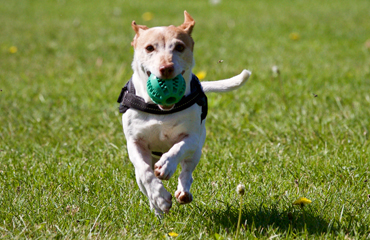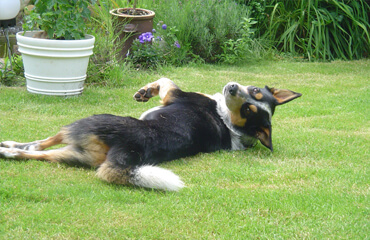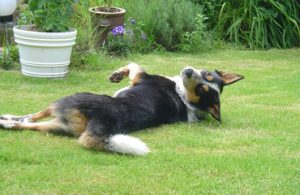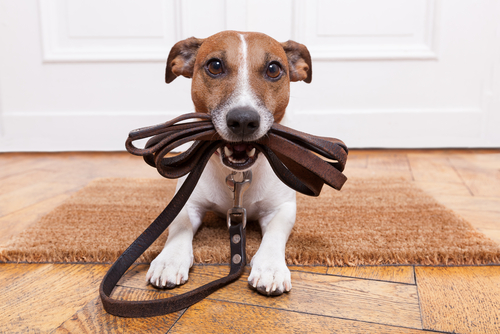Fencing For Dogs – A Beginners Guide
Considering fencing for dogs…. now spring is in the air! There is nothing quite like getting out and about in the fresh countryside air, and taking a walk. This time of year is when many people decide, they would like a pet to accompany them, on there great adventures.
As a new pet owner, one of the first considerations should have is to ensure the fencing, you have is suitable, to effectively contain your dog.
The Benefits Provided by Having Fencing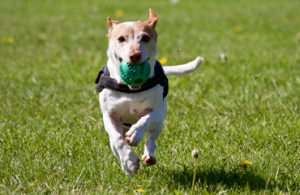
There are a number of reasons fenced gardens are beneficial for dogs and their owners.
Some of the most important include:
- A fenced yard will give a dog room to run, jump, and play, and encourage him to get plenty of exercise.
- Fenced gardens help prevent boredom. Dogs who get the chance to chase squirrels, smell interesting things, and bark at passing pedestrians will enjoy a ton of mental stimulation.
- A fenced garden makes it easy to just let your dog go outside and answer nature’s call.
- Fences are great for those who cannot go to the park. Many dogs have a fun filled time at the local park, but some are not capable of playing nicely with others. Other dogs can’t go to the park for medical reasons.
- Fencing may help your dog ward off intruders. Even relatively small dogs will often bark up a storm when strangers approach, so a fenced garden may help keep your home a bit safer.
Above all fences do not replace walks, in addition to any fence, you will still need to take your dog out daily. Dogs need to explore and enjoy wonderful smells and pee in all the right spots and need that stimulation.
Dog Proof Fencing
Fences are obviously not a one-size-fits-all item. You’ll have to go with a style that suits your home effectively, no to mention your tastes, and your dog. In actuality, dog fences are, therefore almost, always “custom built” to satisfy these and other criteria.
This means you’ll need to think carefully, about a number of issues, when selecting the best dog escape proofing for your home.
Some of the most important things to consider include:
- Installation
- Aesthetics
- Property Lines
- Durability
- Maintenance
- Security
- Cost
In conclusion, ff your dog is a jumper, digger or great escape artist, you should seriously consider an up to date type of fencing for dogs. The invisible dog fence is a growing more popular as a way to contain your dog whilst giving them freedom to roam and safety. For instance it is ideal for unusually shaped gardens and perimeters and for those pet owners who do not wish to have a physical fence around their garden.
Get in touch with us today to get clarification on your dog fencing requirements and our friendly team will be happy to advise you on how an invisible fencing system can benefit you and your pet.

